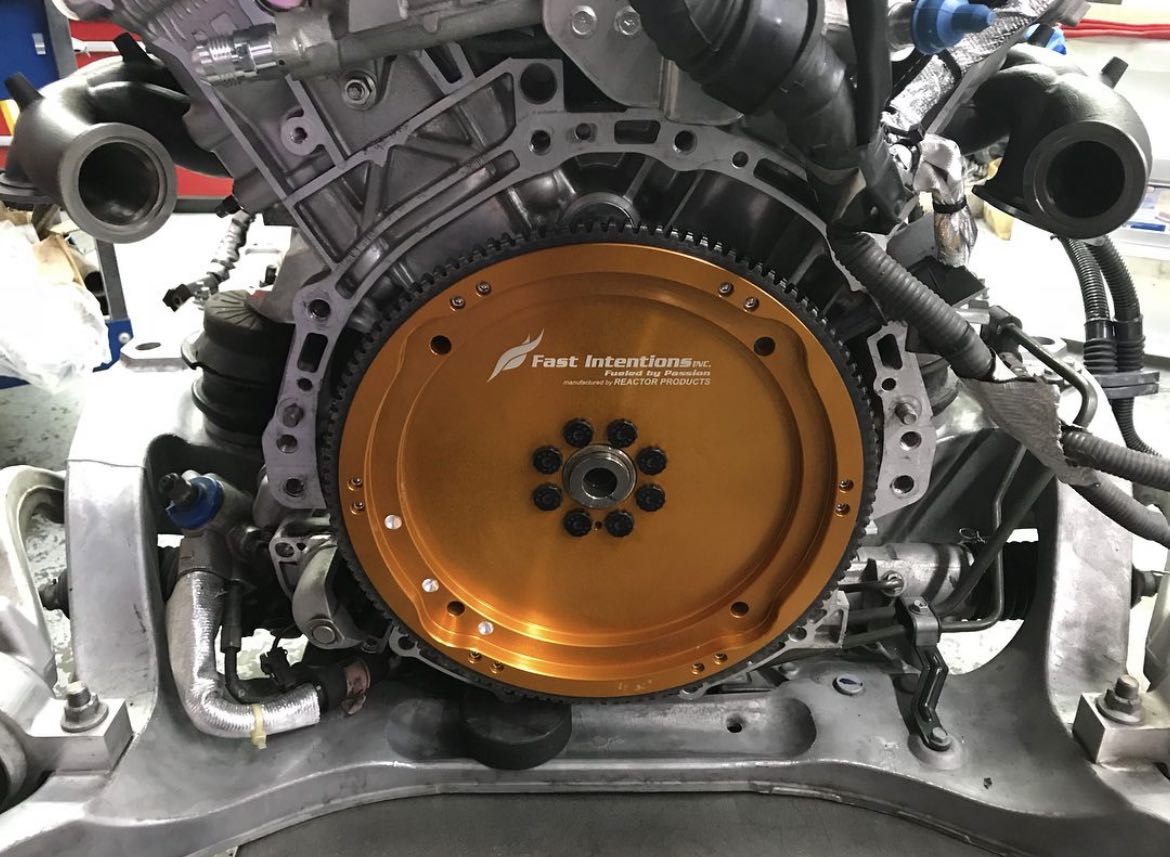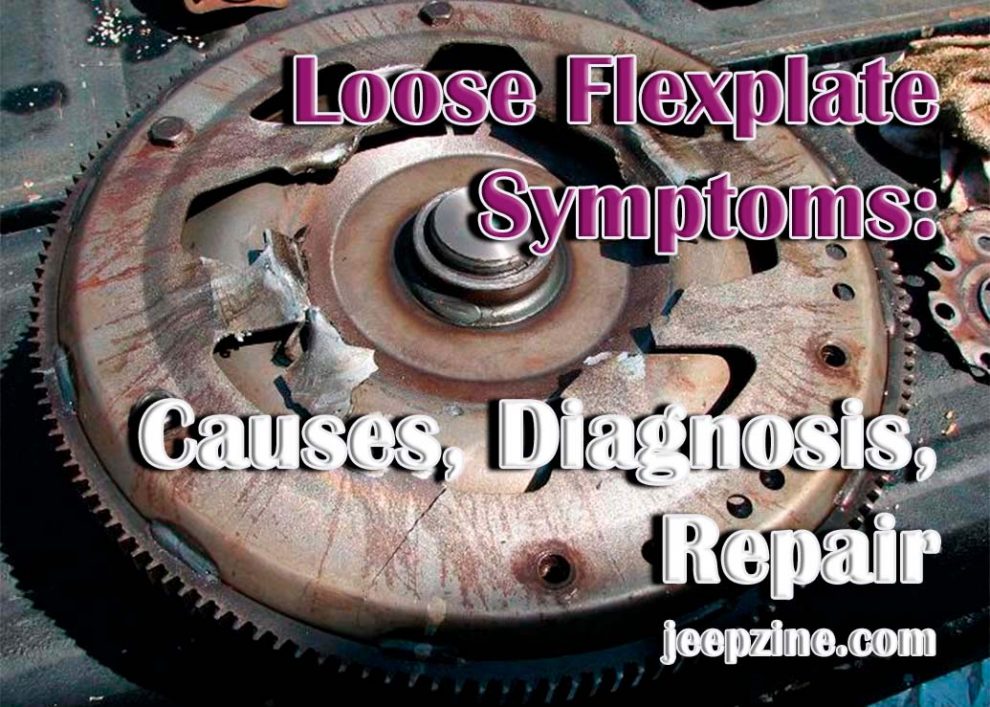If you own a car with an automatic transmission, it is likely equipped with a flexplate. A flexplate is an essential component of the transmission system, as it helps to transfer the engine’s power to the car’s drivetrain. However, if this component wears out or becomes loose over time, you may notice some odd symptoms while driving. In this article, we will discuss what a flexplate is and identify the common symptoms of a loose flexplate. We will look at possible causes and how these issues can be properly diagnosed and repaired. Finally, we will provide tips for avoiding future problems with your flexplate.
What Is a Flexplate?
A flexplate is an automotive component that transfers torque from an engine to a transmission. The flexplate acts as a buffer between the crankshaft and the transmission’s output shaft, allowing for smoother power transfer and more efficient operation. It helps reduce vibration from the engine and is necessary for vehicles with automatic transmissions. A flexplate is a circular metal plate with teeth around its circumference connected to the transmission input shaft. The center of the plate has multiple holes or slots that fit onto corresponding projections on the crankshaft’s harmonic balancer or flywheel. Flexplates are typically made from aluminum or steel and can be purchased in different weights depending on your vehicle’s needs.
Signs of a Loose Flexplate

Causes of a Loose Flexplate
A loose flexplate in your vehicle can be caused by several factors, including poor installation, excessive heat, high mileage, and even physical impact.
-
Poor Installation: If the bolts are not properly tightened during installation or if the wrong size of bolts is used, it could result in a loose flexplate. An incorrect torque sequence can also lead to this problem.
-
Excessive Heat: The transmission and engine generate heat during operation, especially when driving long distances at high speeds or under heavy loads like towing. This heat can cause the metal components’ expansion and contraction, including the flexplate, leading to its loosening over time.
-
High Mileage: Over time and with high mileage, wear and tear become inevitable for all vehicle components, including the flexplate. When subjected to constant stress from transmitting power from the engine to the transmission over an extended period, it may eventually loosen up.
-
Physical Impact: A physical impact, such as an accident or hitting road debris at speed, could cause damage to your car’s undercarriage, eventually leading to a loose flexplate.
-
Imperfect Balancing: An imbalanced flexplate results in an uneven distribution of forces across its diameter, leading to certain areas experiencing more stress than others. This imbalance can cause the flexplate to warp over time, ultimately making it loose.
-
Age and Corrosion: Aging makes every car part more susceptible to damage, and the flexplate is no exception. Over time, corrosion caused by exposure to harsh substances or moisture can eat away at the metal of the flex plate, causing it to become weak and eventually loose.
Diagnosis and Repair Process
When encountering symptoms like unusual noises during engine startup or rough idling, the first step is to conduct a thorough visual inspection of the flexplate and surrounding components. It entails removing the transmission, torque converter, and flexplate to assess any signs of wear, cracks, or misalignment. Once identified, the loose flexplate can be repaired by either tightening the mounting bolts, replacing damaged flexplate components, or realigning the torque converter. It’s crucial to follow manufacturer guidelines and torque specifications during reassembly. Regular maintenance checks and prompt addressing of flexplate issues can prevent further damage to the transmission and ensure the vehicle’s smooth operation.
Preventing Future Problems
To mitigate problems, regular inspections of the flexplate’s mounting bolts and torque converter fasteners are essential. Routine maintenance should also include checking for any signs of wear, such as elongated bolt holes or worn-out teeth on the flexplate. Using appropriate torque specifications during installation and ensuring proper torque converter alignment will significantly prevent flexplate looseness. Moreover, promptly addressing unusual vibrations, noises, or performance inconsistencies can help catch and rectify potential flexplate issues before they escalate. By prioritizing these preventive measures, vehicle owners can avoid costly repairs and maintain the overall reliability of their vehicles’ drivetrain systems.
Conclusion
A loose flexplate is an issue that requires immediate attention due to its potential impact on various critical components of a car’s drivetrain system, including its transmission and engine output shafts. By understanding what a flexplate is, recognizing its associated symptoms when loosened, and understanding the potential causes behind such issues, you’re better equipped to ensure timely diagnosis and repair processes for such problems. Following preventive measures like regular car maintenance schedules will go a long way toward avoiding such issues altogether, thus helping prolong the lifespan of your car while ensuring optimal performance throughout its use cycle.

